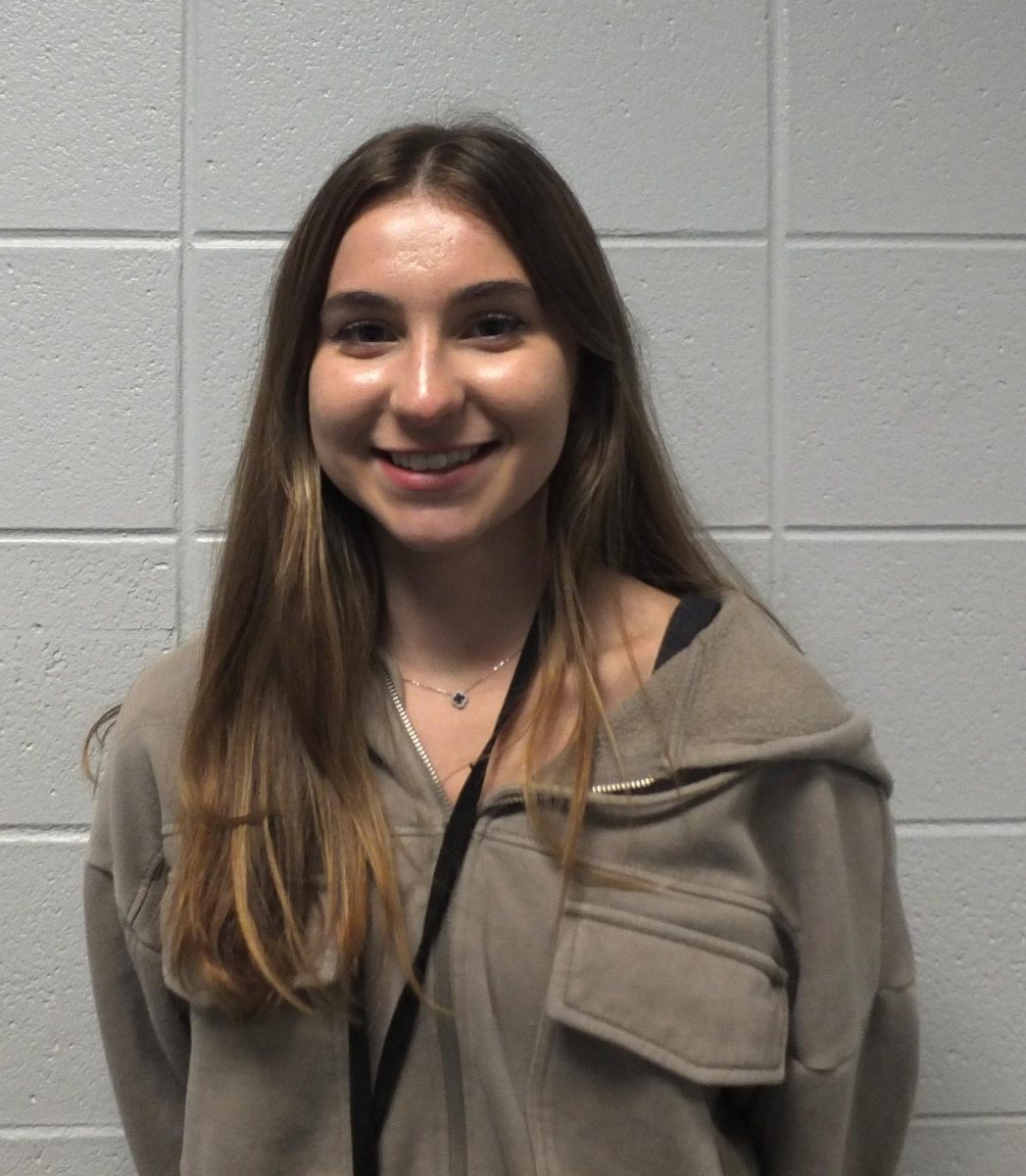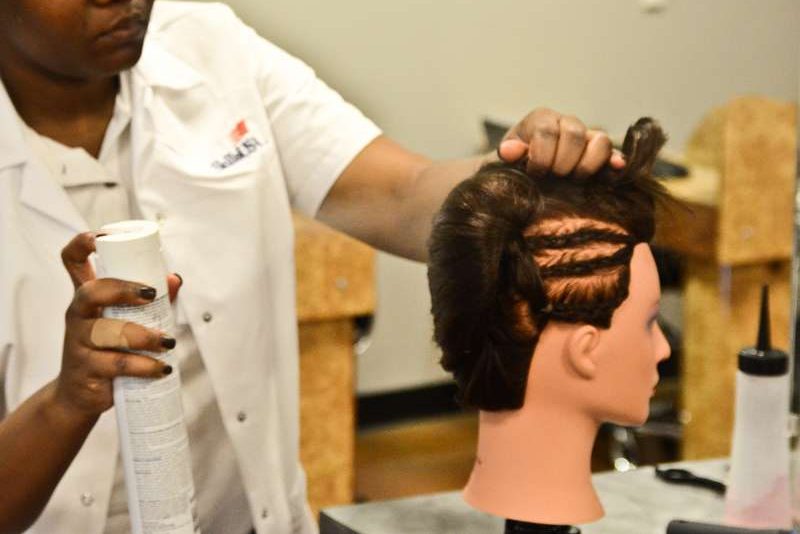Through funds set aside from the 2008 bond, Klein ISD purchased new security equipment for all district schools. The school received 80 new security cameras this year. According to assistant principal David Chaney, the new cameras help cover areas such as staircases, certain hallways and the outside of the school.
“We had some dead spots where the cameras didn’t overlap to cover a specific area, so you might have had half of a hallway covered [by one camera] and the other end maybe picked up just a third of [the hallway],” he said. “The new cameras pick up on those missing areas.”
Communications and planning assistant superintendent Judy Rimato said that from 2007 to 2008 a committee comprised of students, parents, district employes and community members met in order to apportion the bond money. According to the district bond plan, out of $646.9 million, $6.1 million was set aside to go towards security measures for the district.
“Bond funds are used to build and renovate facilities and purchase technology, security equipment and buses,” Rimato said. “As the district and the community place the safety of our students and employees very high, it was natural that a portion of these bond funds would be used to purchase and install items that will serve to make our schools safe.”
According to Chaney, the school has access to 130 security cameras on campus, as well as those at the Ag Barn. For English teacher Laurie Marek, the cameras instill a sense of safety and provide a means of keeping track of students at all times.
“Students should not be out of area or out of their classrooms for an extended length of time” Marek said. “We need to know where everyone is because we are responsible for their safety and well being while they are on campus. Whether it’s during a fire drill, or to give them notes from the offices, we need to know where our students are.”
Senior Daniel Mejia-Cruz said that he would rather the district purchase security cameras as opposed to other technology items.
“I think that the installation of the cameras points to the fact that they are not just for superficial use but that they are actually needed, which in my opinion is a reflection of the changing environment that the school is undergoing, whether it be for the better or not,” he said.
Junior Zoe Matranga on the other hand feels the cameras were unnecessary.
“As far as things to spend money on, it’s not the greatest thing ever,” she said.”As far as administration, it’s probably a good move. I don’t think it;s necessary but I understand why [they were purchased].”
According to Chaney, faculty members monitor the cameras throughout the day, which are on at all hours.
“The [cameras are] motion sensitive, so at night if there’s nothing going on, they won’t record, but the second there’s motion they start,” he said.
Because of this permanent documentation, both Chaney and Marek said that the cameras have been positive for the campus.
“I think the camera is beneficial when we’re looking at possible incidents that may or may not have occurred to go back to and see proof, did something actually occur, was someone provoked,” Marek said. “As long as they have the visual aspect, it gives us proof. You can’t deny that someone is there or not if they were filmed.”
Aside from this, according to Marek, the new cameras provide students with a sense of safety and security.
“Who wants to go to a school where they feel unsafe walking through the main doors?” she said. “School is supposed to build not only academics, but also students as citizens and the only way we can do that is if we have a safe, welcoming, nurturing environment.”
Marek believes the cameras help fulfill the school’s job.





